Ramadan or Ramzan – How They Do It in South Asia?
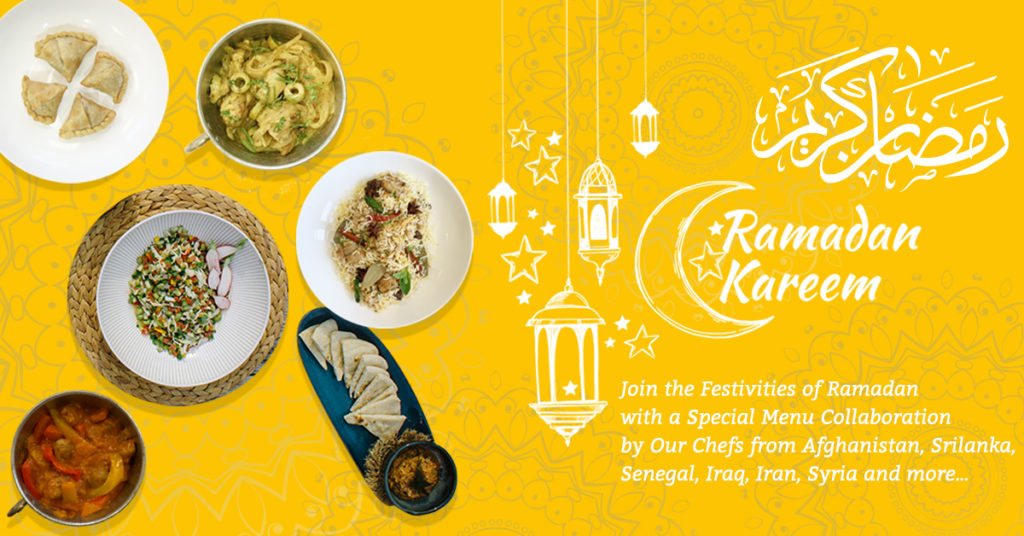
Disclaimer: The views and opinions expressed in this article are those of the author and do not necessarily reflect the official policy or position of Eat Offbeat
Written by Al Khan, Technology and Digital Marketing Fellow at Eat Offbeat – LinkedIn Al Khan
We at Eat Offbeat take pride in the diversity, inclusion, and plurality of our team. We not only serve food from four different continents but also our staff members are diverse in terms of nationality, ethnicity, orientation, and religion. Keeping in line with our tradition of celebrating diversity and inclusivity, we’ve decided to offer specially curated Ramadan Menus for our customers. It is an opportunity for New Yorkers to experience the flavors of Ramadan and for Muslims in New York City to throw a feastful Iftar dinner for their friends and family.
I think it’s best to first shed some light on the significance of this month and why it is observed – also, its connection to food. The word Ramadan / Ramazan /رمضان comes from the Arabic root ‘ramida’ or ‘ar-ramad’, which means scorching heat or dryness. Ramadan is the holiest of the four holy months in the Islamic lunar calendar. Once the sighting of the new moon is authenticated from a reliable source, several customs and stringent practices begin as part of the deep-rooted Ramadan tradition. Muslims are supposed to fast from Dawn till Dusk. Fasting during Ramadan is a religious obligation – its mandatory for all adult Muslims to fast for the entire month of Ramadan. At the commencement of Ramadan, Muslims wish each other by saying, “Ramadan Mubarak” which means “Blessed Ramadan.” So if you have a friend who you know fast during Ramadan, just wish them “Ramadan Mubarak” – you’ll make their day 🙂
In order to prepare themselves for a full day of fasting, Muslims eat before the first rays of sun hit the sky / that meal is called Suhoor or Sehri سحور /سحری. When the sun sets, Muslims break their fast / that meal is called Iftar or Iftari /إفطار. For iftar, the food prepared is rather unusual and appears almost only during Ramadan. For example, Dates are used to break the fast during Ramadan but aren’t usually found at the dinner table otherwise. Additionally, some of the food items that become a must have at the Iftar table are unique to some parts of the world. In most of South Asia (Pakistan, Afghanistan, Bangladesh & India), in an Iftar meal, Samosas, Pakoras, and Fruit Chaat are a must.
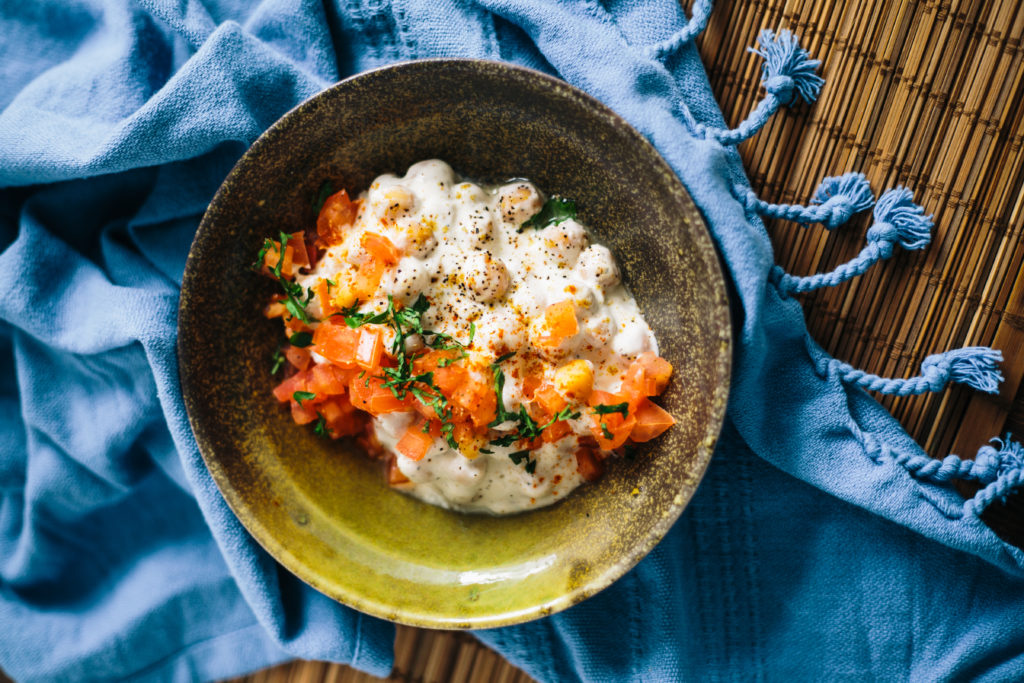
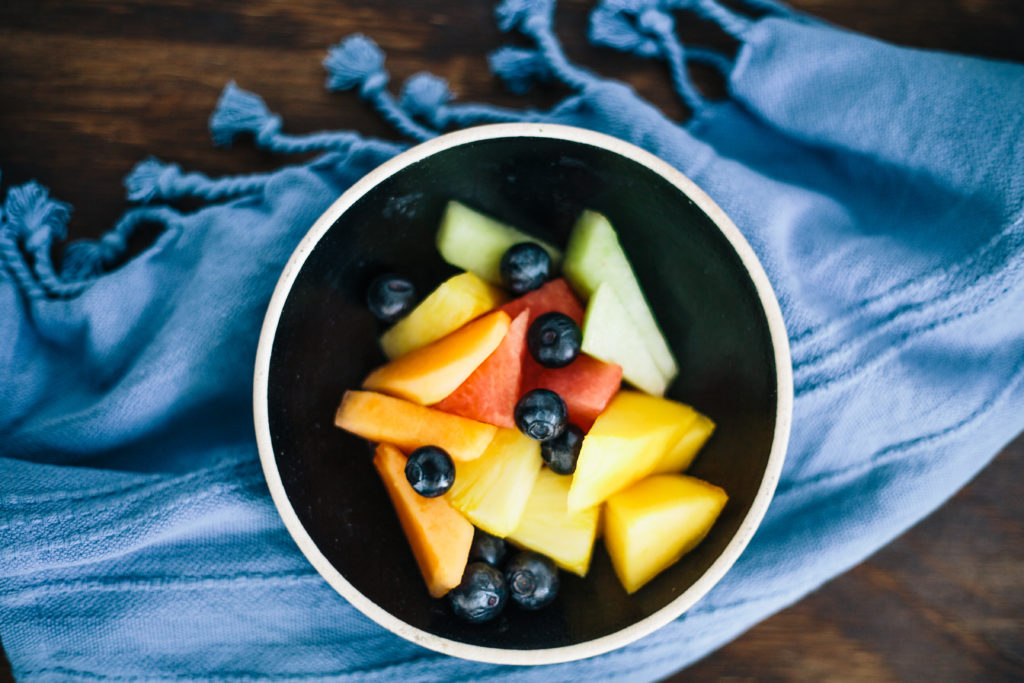
A samosa is a fried or baked pastry with a savory filling, it is usually a different combination of the following ingredients, including spiced potatoes, chicken, ground beef, onions, peas, or lentils. Pakoras are made by choosing one or two main ingredients, such as onion, eggplant, potato, spinach, plantain, paneer, cauliflower, tomato, or chili pepper. Then those ingredients are mixed and lathered in a batter made from gram flour and then deep fried. Fruit Chaat is made by combining chilled juicy fruits with mild spices. Chai/Tea is another hot beverage that is a quintessential part of Iftar. Although, during Summers, a Pakistani iftar table is incomplete without a jug of Rooh-Afza sharbat. Rooh Afza is a concentrated squash containing pure ingredients that can do an excellent job of refreshing and rejuvenating you during hot summers.
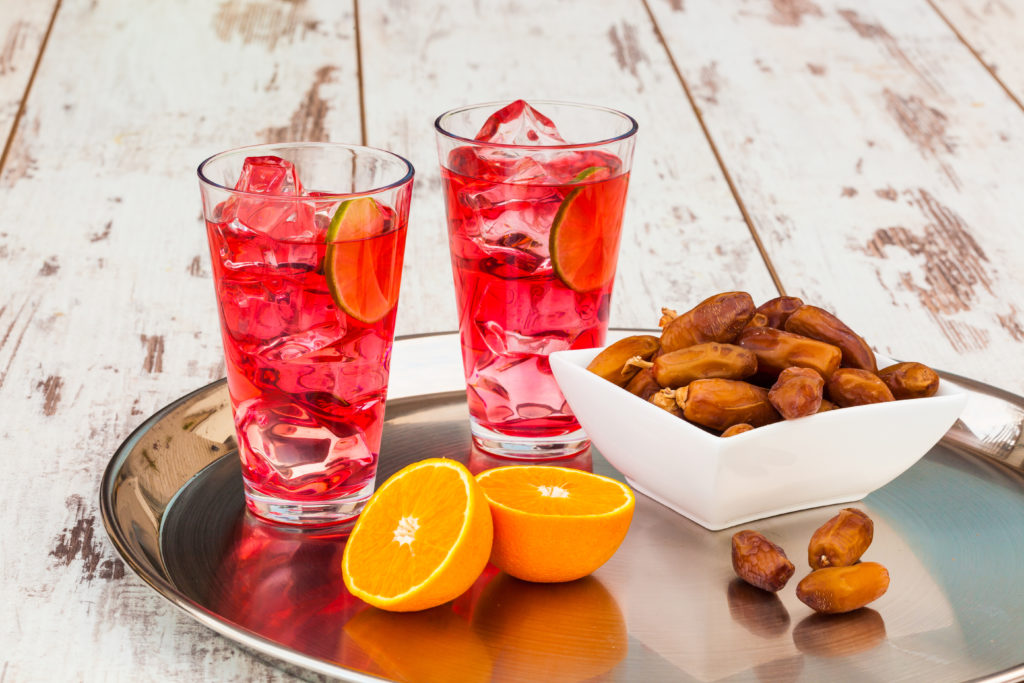
There is another Ramadan intricacy, which is unique to South Asia and is in contrast to what is common in the Middle East. The word Ramadan is written and pronounced differently. South Asia is the birthplace of one of the oldest civilizations in the world and is also home to a vast Muslim population. It has its own cultural, linguistic and religious identity, the result of an amalgamation of people and cultures over millennia. Islam’s roots are in the Arabian Peninsula and when it reached South Asia, it mixed some Arabic customs and traditions with the existing South Asian ones. Because it was introduced to South Asia by Central Asian and Persian rulers, the language that prevailed in this religio-cultural context was Persian, therefore, most of the Islamic religious nomenclature in South Asia is in Persian. A majority of the Muslim population of the region uses the Persian ‘Ramzan’, pronounced with a softer ‘z’. The word Namaz (Persian) is used for prayer as opposed to the Arabic (Salah). Also, the word Khuda (Persian) is commonly used for referring to God as opposed to the Arabic (Allah). These practices have recently seen some changes with more influx of Arab traditions; however, for the most part, these variations make South Asia different from the rest of the Islamic world.
So now that you’ve some context, from here onwards I will refer to Ramadan *drum roll* as Ramzan – Since I am a Pakistani and that’s how we say it. Just like my American friends think it’s OK to write the Month before the Date and they’re entitled to doing that because that’s how they do it. So now I want to write Ramadan as Ramzan 🙂
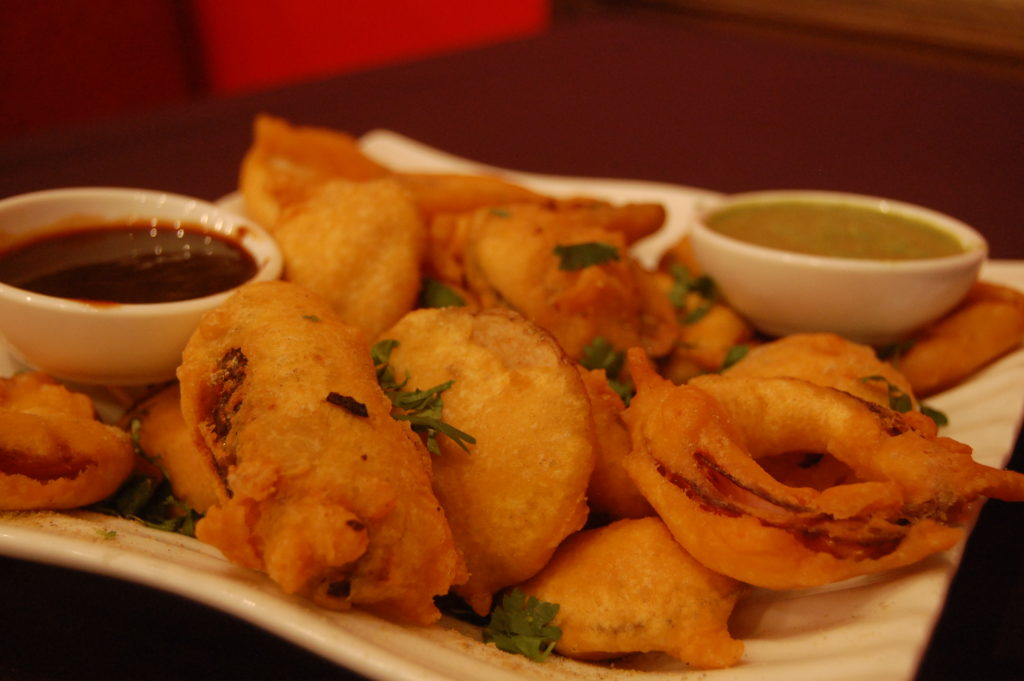
Do check out our specially curated Ramzan Menus here – We tried to incorporate Ramzan flavors from all over the world. My favorite is the Chicken Birayni though (Call me biased), it is the undisputed queen of the South Asian cuisine. No arguments about that one, hands down Biryani wins on all accounts. It has flavor, aroma, and nutrition. This time around in our specially curated menu, we’ve added two Add-ons. We have a Basil Chia Seeds drink from Iran, which is extremely refreshing, it is Persian rosewater and wild basil seed summer drink and Cold Doodh Patti from Afghanistan which is Sweet Cold Tea Beverage with Cardamom, Milk & Tea Leaves. My friends tell me Doodh Patti is like Chai Tea Latte but only better.


